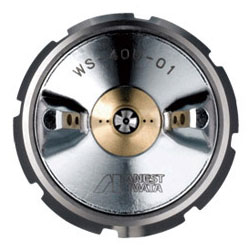
Water Base Paint Spray Gun Guides
Spray gun is a precise tool for paint application. But it's not a standard piece, so we need to select a right model for specific paint spraying. After a long history of solvent base paint development, water base paint is leading the industry for it's environment friendly and safety to health advantages. Here we provide basic guidance of water base paint spray gun Water base paint spray gun is mainly offered as low pressure model(inlet air pressure under 1.8Bar) with less air flow and less pressure for high grade paint atomizing. Because of reduced spraying pressure, less paint bounce back is expected for high quality painting control, especially for some conditions such as reparing work. Water base paint spray gun advantages quick view suitable for water base and solvent base…





